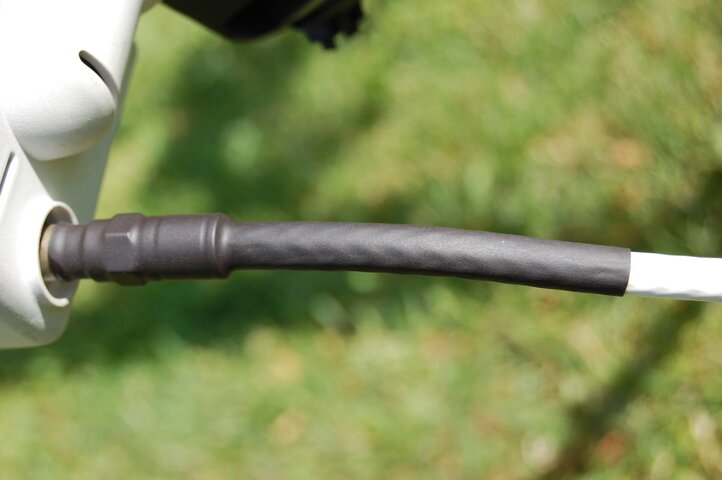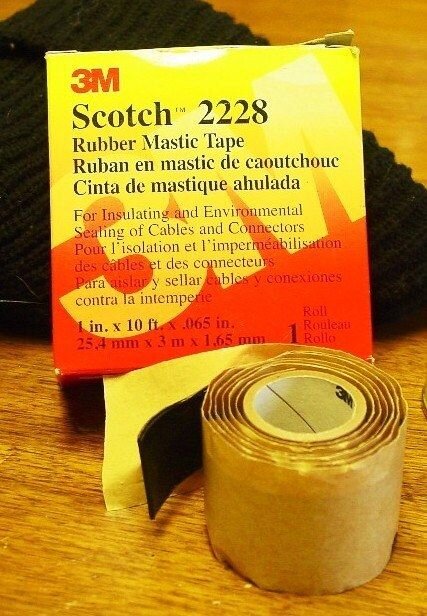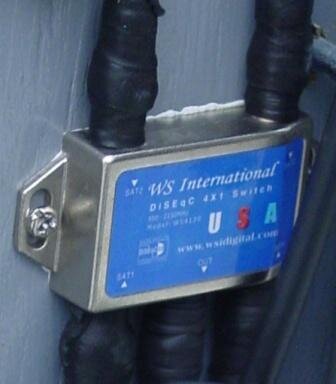i use mostly snap and seals which are supposed to be weather resistant, however they are not perfect.
first i got some heat shrink from harbor freight, and a 30$ heat gun from home depot. (they have 2 there, get the one in the paint department, not the tool department)
starting with the cable freshly cut,
cut a piece of heat shink, flare the connector side with a needle nose pliers and slide it down the coax
then i strip the coax and put the connector on, then screw it into what ever its going on.
slide the heat shrink back up the cable push it up as far is it will go.
then use a heat gun to seal it all up
im sure a slightly bigger size heat shrink would not require flaring for the connector side, and i think they make heat shrink with a gel-adhesive specificaly designed for waterproofing.
but im happy how it turned out and i thought i would share it with you
gopher
first i got some heat shrink from harbor freight, and a 30$ heat gun from home depot. (they have 2 there, get the one in the paint department, not the tool department)
starting with the cable freshly cut,
cut a piece of heat shink, flare the connector side with a needle nose pliers and slide it down the coax
then i strip the coax and put the connector on, then screw it into what ever its going on.
slide the heat shrink back up the cable push it up as far is it will go.
then use a heat gun to seal it all up
im sure a slightly bigger size heat shrink would not require flaring for the connector side, and i think they make heat shrink with a gel-adhesive specificaly designed for waterproofing.
but im happy how it turned out and i thought i would share it with you
gopher







